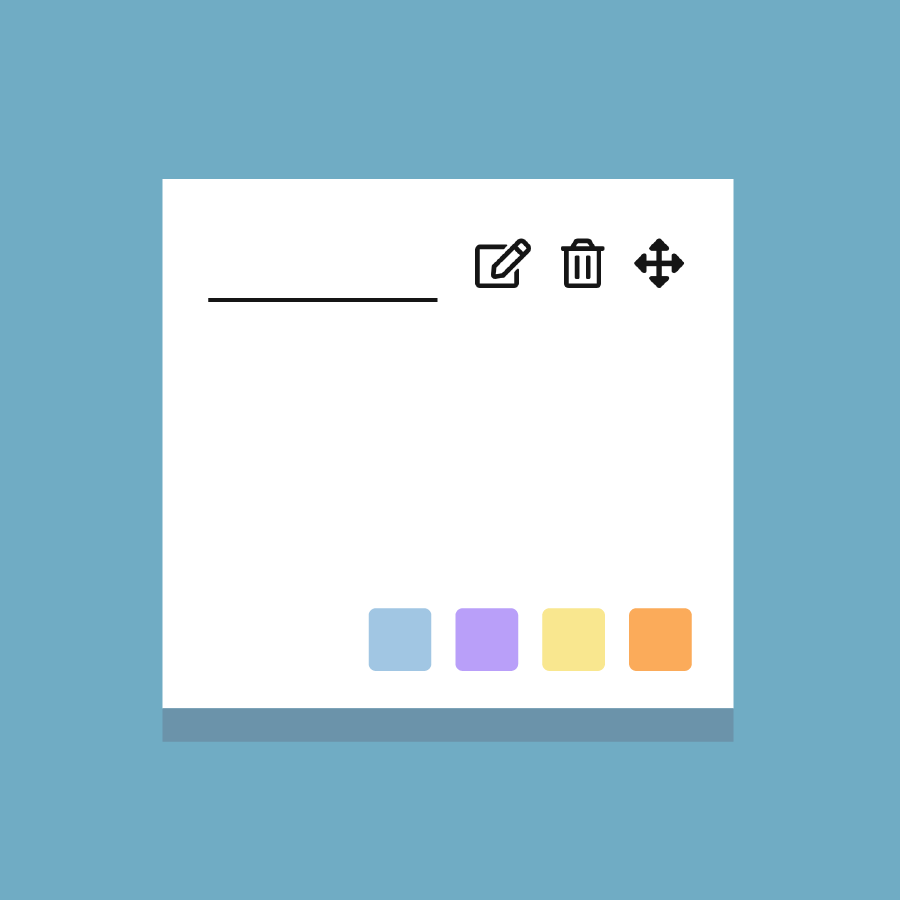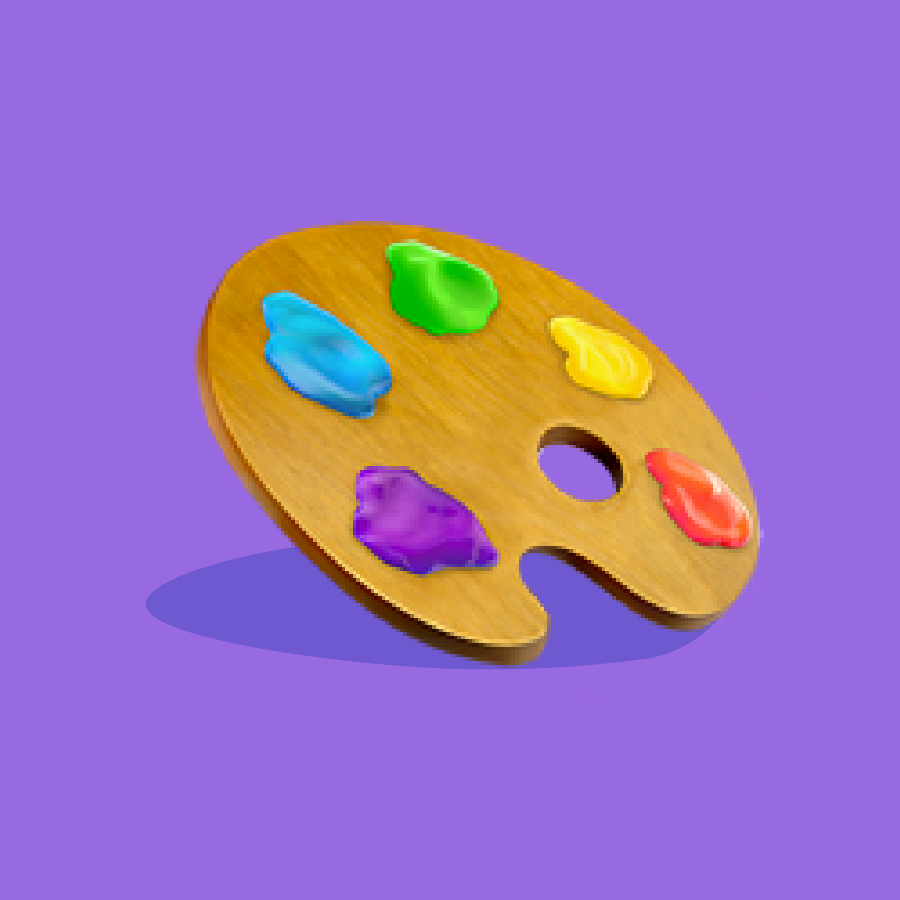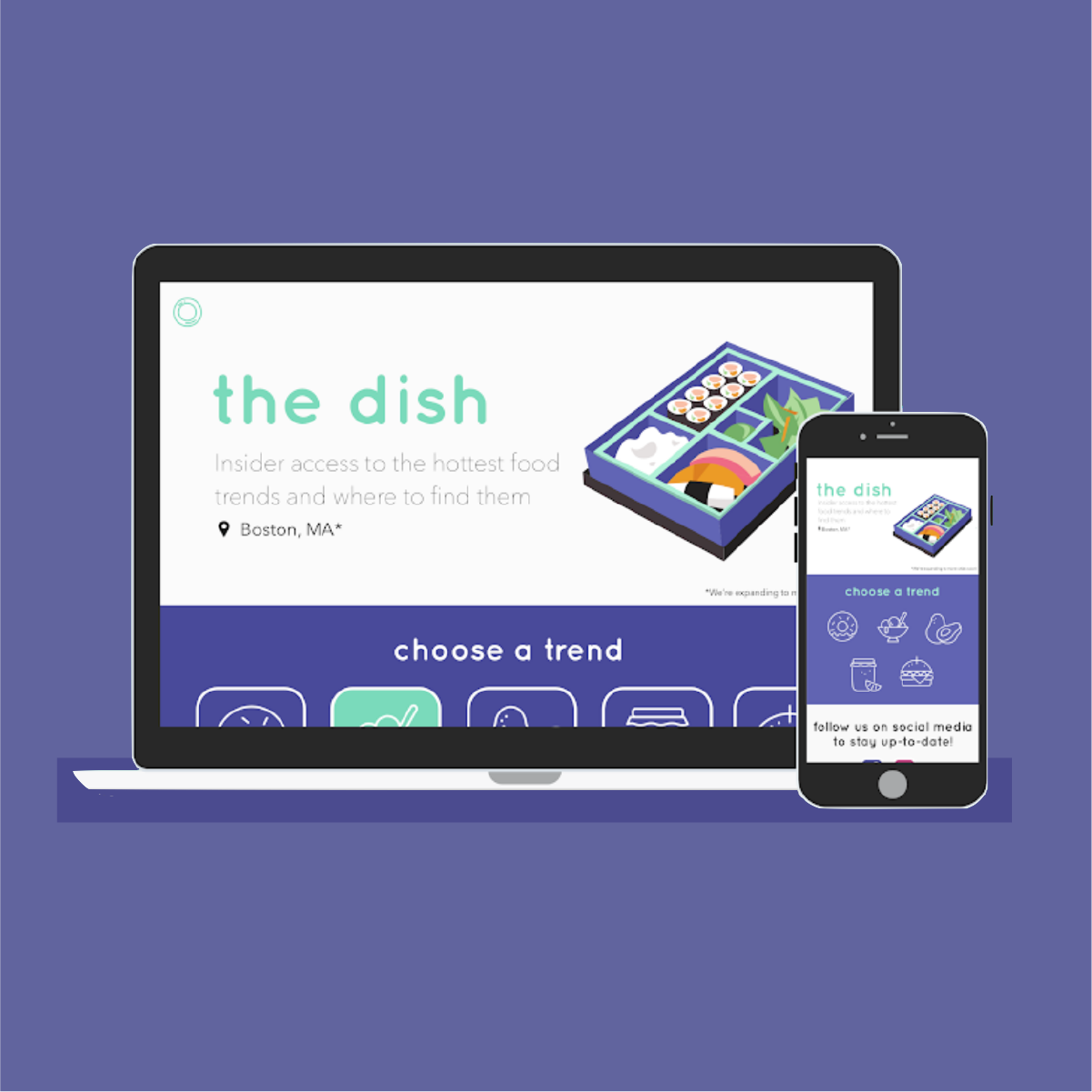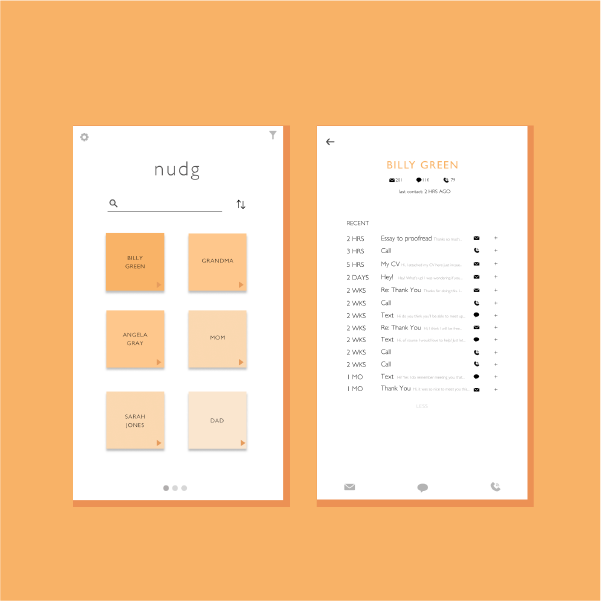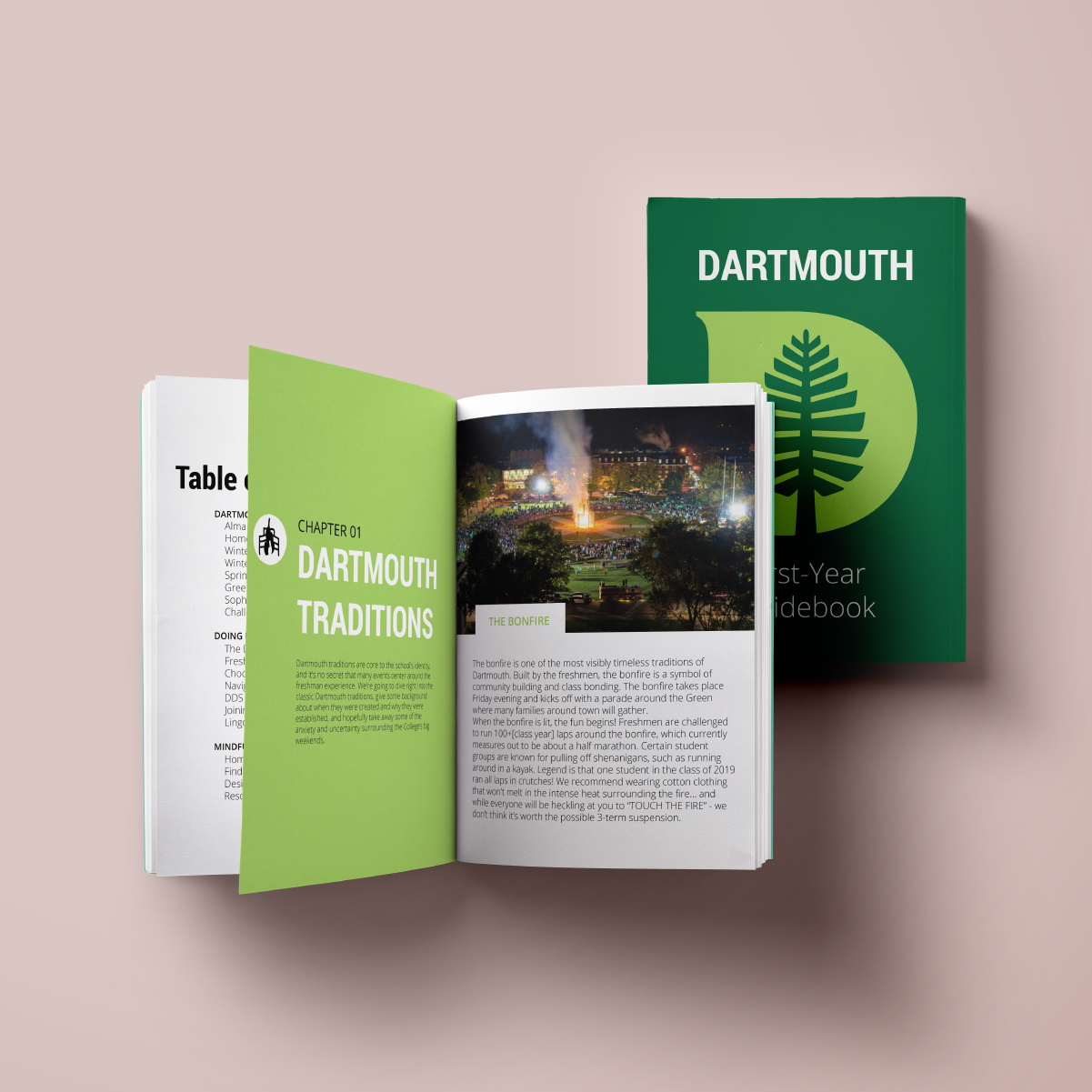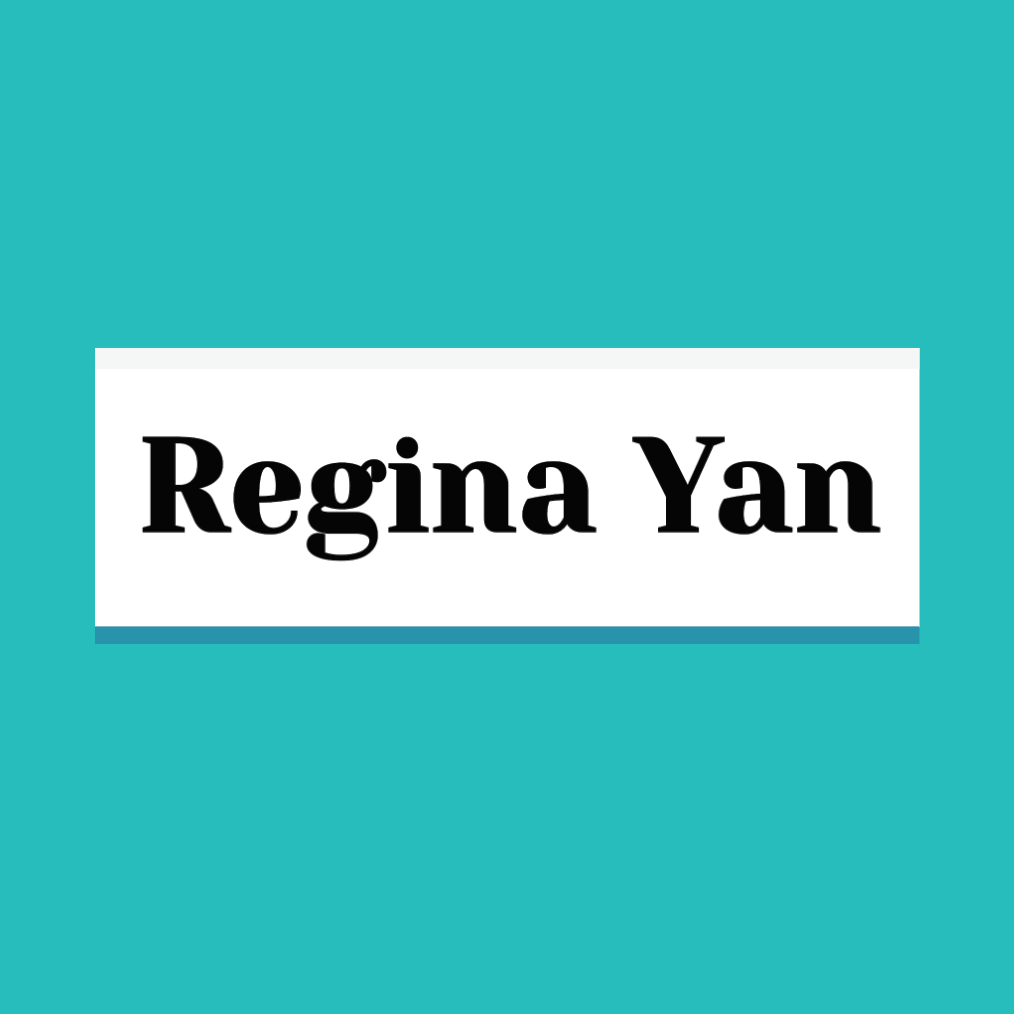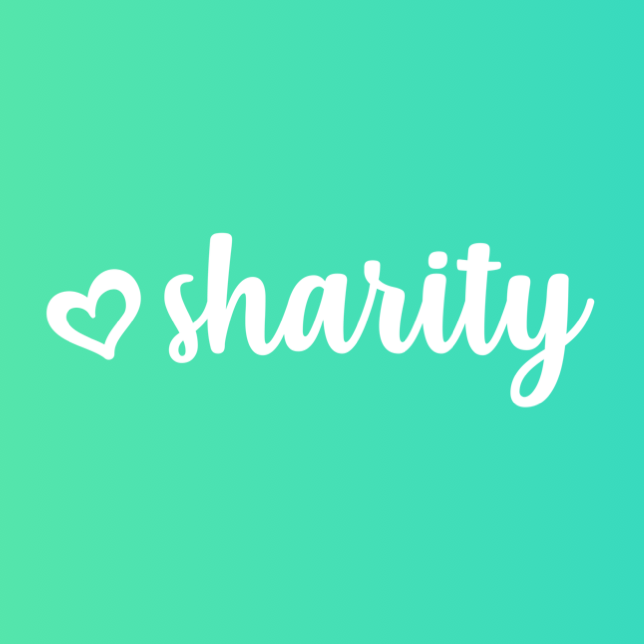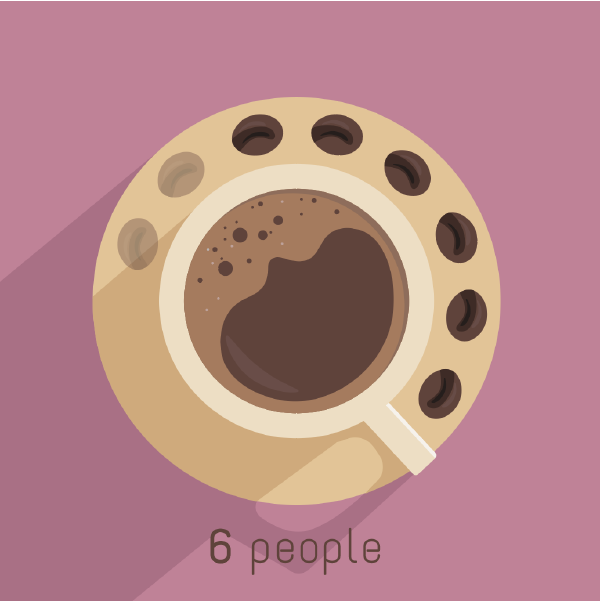Design Thinking: The Better Letter
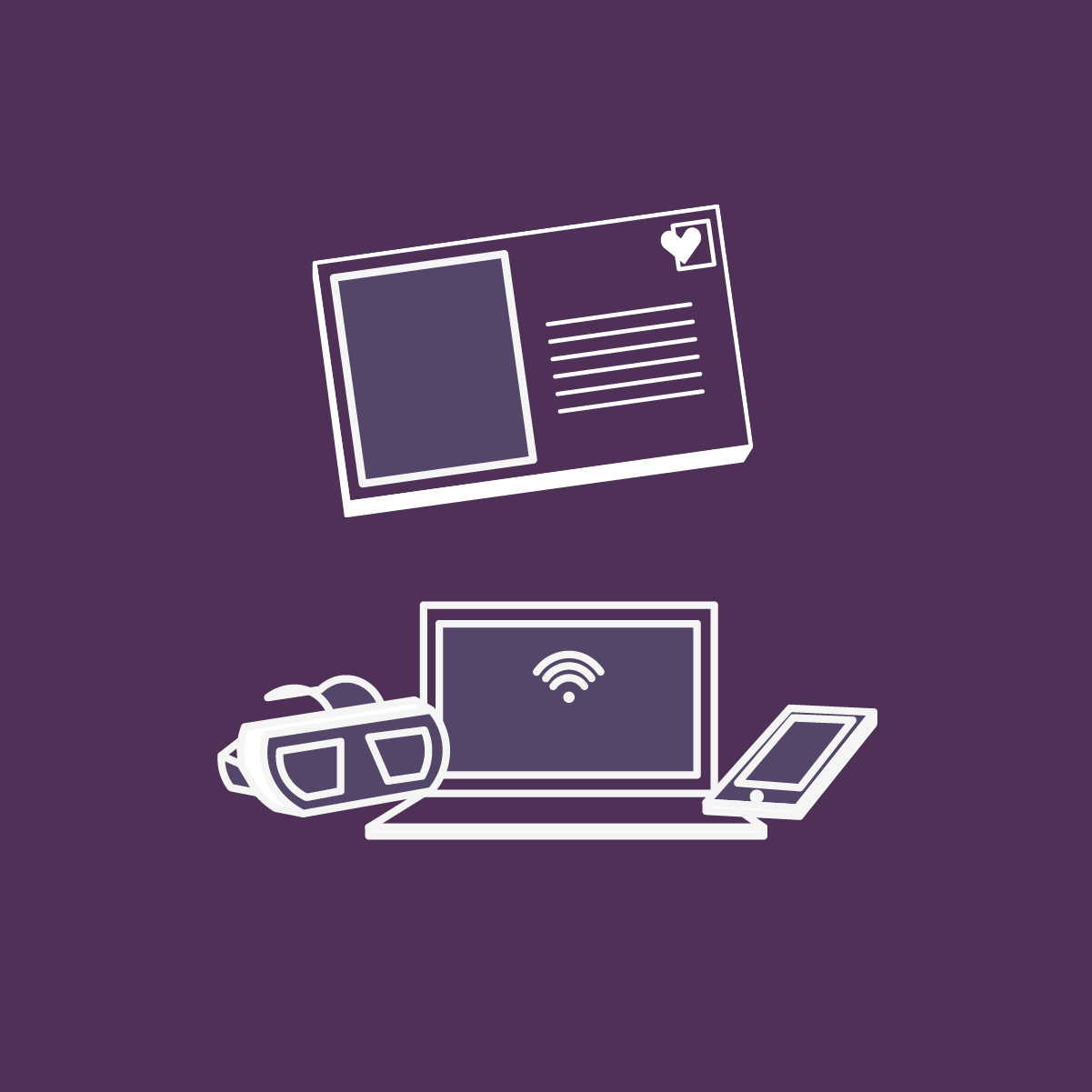
TIMELINE: 1.5 weeks
SKILLS: User Research, Interviewing, Needfinding, Prototyping, User interface, Filming, After Effects
We're in an incredible technological age with mindblowing advancements year after year. What will things look like in 2025? For this project in my Design Thinking class, we worked in teams of three to create a futuristic product that would better the lives of individuals in education, recreation, or parenting.
My team chose recreation, and after creating a few mind maps, we decided to create something to improve experiences with travel. We then interviewed individuals to find their pain points to inform our direction.
A core problem we found was a two-fold situation. Individuals love sharing their experiences with others, but the process of capturing an event can take away from the enjoyment of "being in the moment". On the other hand, people love seeing and reliving the experiences of their friends, but following Snapchat stories can feel impersonal, and it's hard to convey the full experience through just sight and sound.
We decided to tackle this problem with a product that would create a meaningful moment between two individuals trying to share an experience. This is what we came up with:
So why a postcard? Postcards are a timeless object present in cultures everywhere. They show care and attention, that your close friend thought about you while they were on their awesome vacation, wrote a special hand-written note, and sent it directly to you. They are treasured, tangible objects that immortalize memories. Plus, retro objects are the trend right now! But postcards also have limitations. They are static objects with generic stock photos that don't quite capture what you actually saw, so we integrated modern technology to create the BetterLetter.
The following images highlight key features of the postcard as well as the hands-free experience-capturing device.
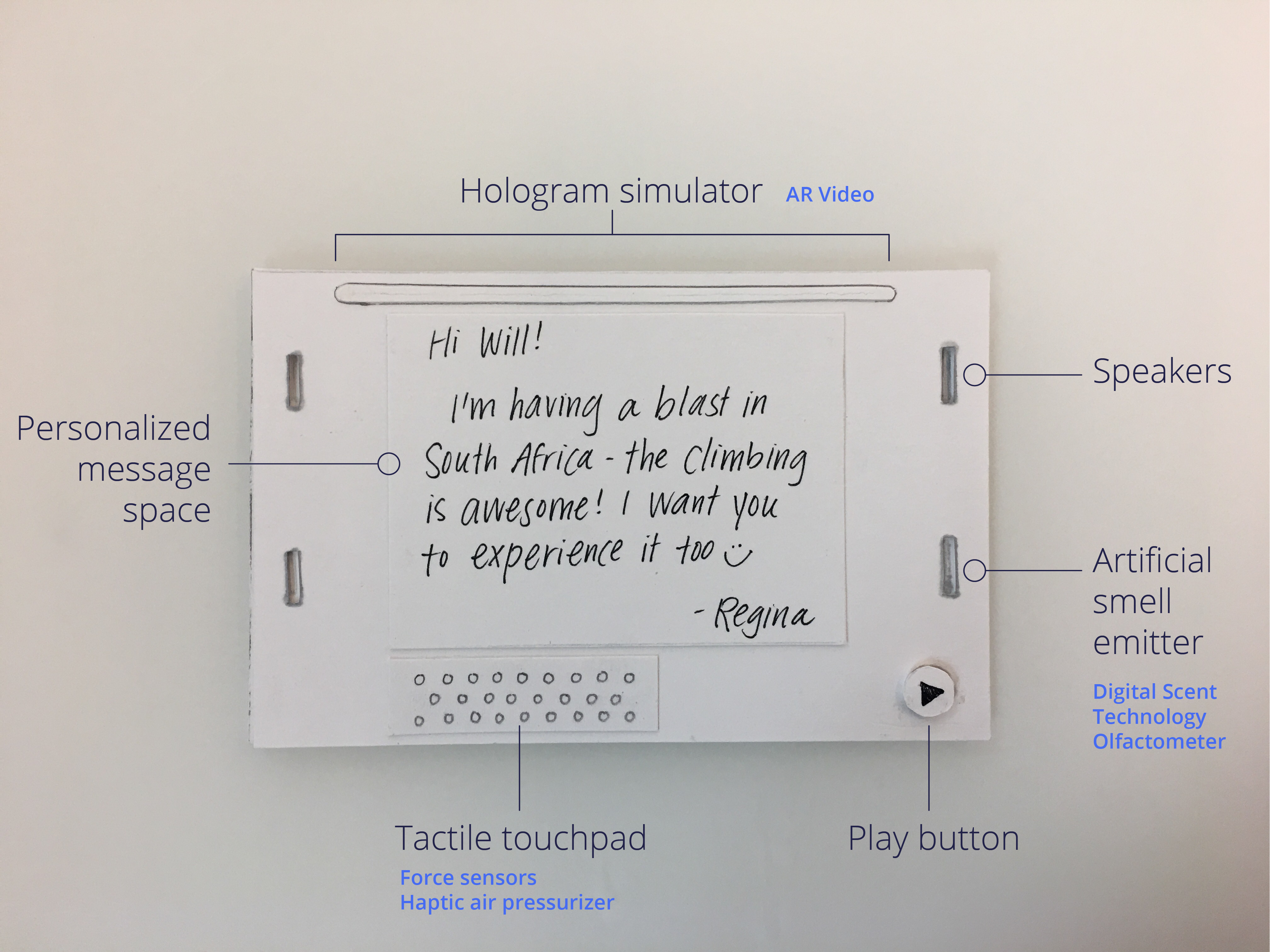
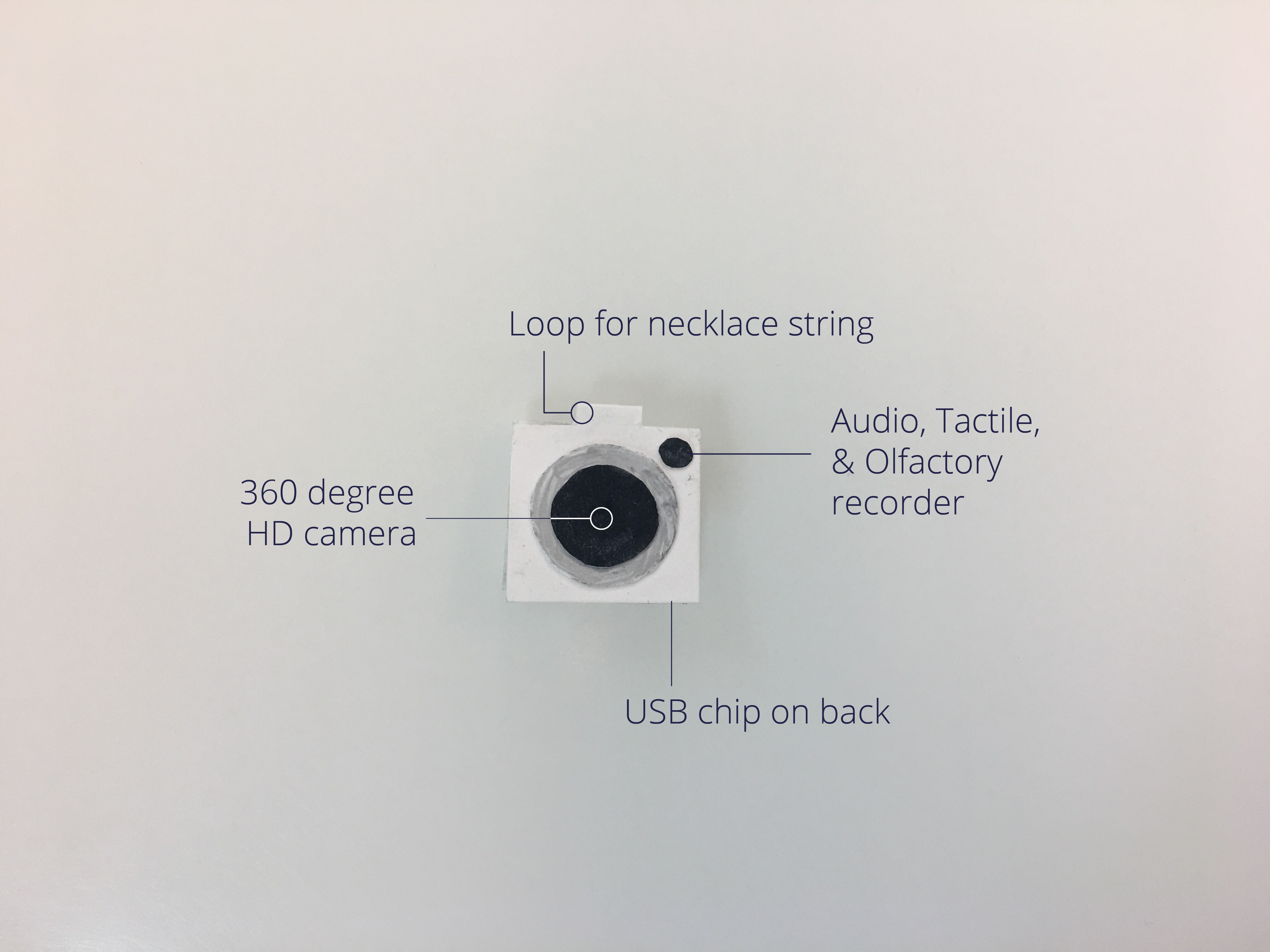

TAKEAWAY: I had an absolute blast with this project. I really loved creating the prototype and filming/editing the footage (and learning how to use After Effects in the process). The real takeaway, however, came with nailing the need and the "so what" aspect of the project. My team became so caught up in the futuristic aspect of the project that we lost track of why we were creating something in the first place. By efining our need, we were able to direct all of our decision-making and turn this project from something that looked cool to something that mattered.

